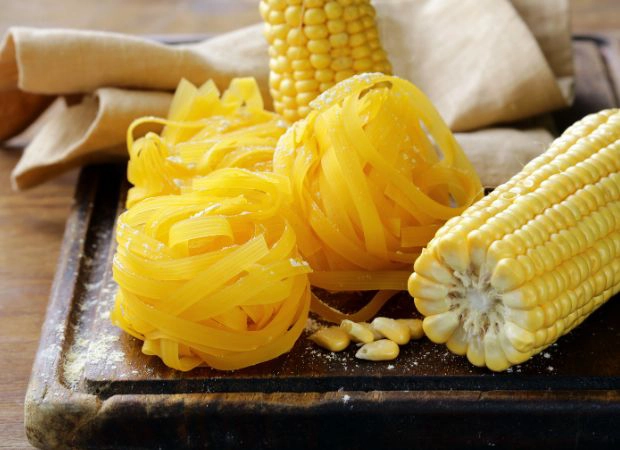Cooking gluten-free pasta requires some special attention to ensure that the pasta turns out perfectly cooked and delicious. While gluten-free pasta can be a bit trickier to handle than its traditional wheat-based counterpart, with the right techniques and tips, you can achieve that al dente texture and enjoy a satisfying gluten-free pasta dish.
7 Tips to elevate your gluten-free pasta cooking game:
1. Choose the right type of gluten-free pasta
There are various types of gluten-free pasta available today, such as rice, corn, quinoa, or legume-based options. Experiment with different brands and types to find the ones you prefer.
Keep in mind that different gluten-free pastas may have different cooking times, so always refer to the instructions on the package for accurate cooking times.
2. Use ample water
When cooking gluten-free pasta, it’s crucial to use a large pot and plenty of water. Unlike traditional pasta, gluten-free varieties tend to release more starch, which can make them sticky. Aim for at least 5 cups of water per 500g of pasta and ensure the water is at a rolling boil before adding the pasta.
3. Salt the water generously
Adding salt to the cooking water enhances the flavour of the pasta, so be generous with your salt when cooking gluten-free pasta. It not only seasons the pasta but also helps to prevent it from sticking together. Aim for about 1 to 2 tablespoons of salt per 5 cups of water.
4. Stir occasionally
Once you add the gluten-free pasta to the boiling water, stir gently to prevent the pasta from clumping together. Stirring occasionally throughout the cooking process will also help ensure even cooking.
Avoid using oil in the water, as it can coat the pasta and prevent the sauce from sticking later on.
5. Test for doneness regularly
Gluten-free pasta can quickly go from undercooked to a mushy mess, so it’s essential to keep a close eye on it. Begin testing for doneness a minute or two before the recommended cooking time mentioned on the package. Fish out some pasta, cool it slightly, and taste it to determine if it’s cooked to your desired texture.
Remember that gluten-free pasta is often best when cooked al dente, with a slight bite to it!
6. Rinse and toss with oil
Once the pasta reaches the desired level of doneness, drain it promptly and rinse under cold water to remove excess starch and prevent clumping. Toss the pasta with a bit of olive oil to coat; this will prevent the pasta from sticking together.
Only avoid rinsing if you plan to use the pasta immediately, as the sauce will adhere better to unrinsed pasta.
7. Serve immediately
Gluten-free pasta tends to lose its ideal texture more quickly than traditional pasta. Therefore, it’s best to serve it immediately after cooking. If you’re not planning to serve the pasta immediately, be sure to toss the cooked pasta with a little olive oil to prevent clumpy pasta mess, and reheat it briefly when you’re ready to serve.

